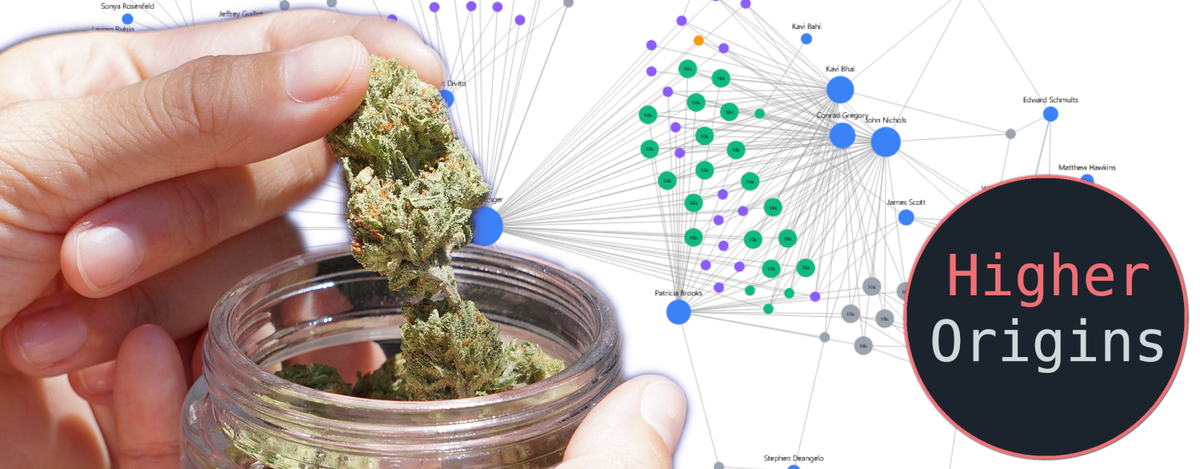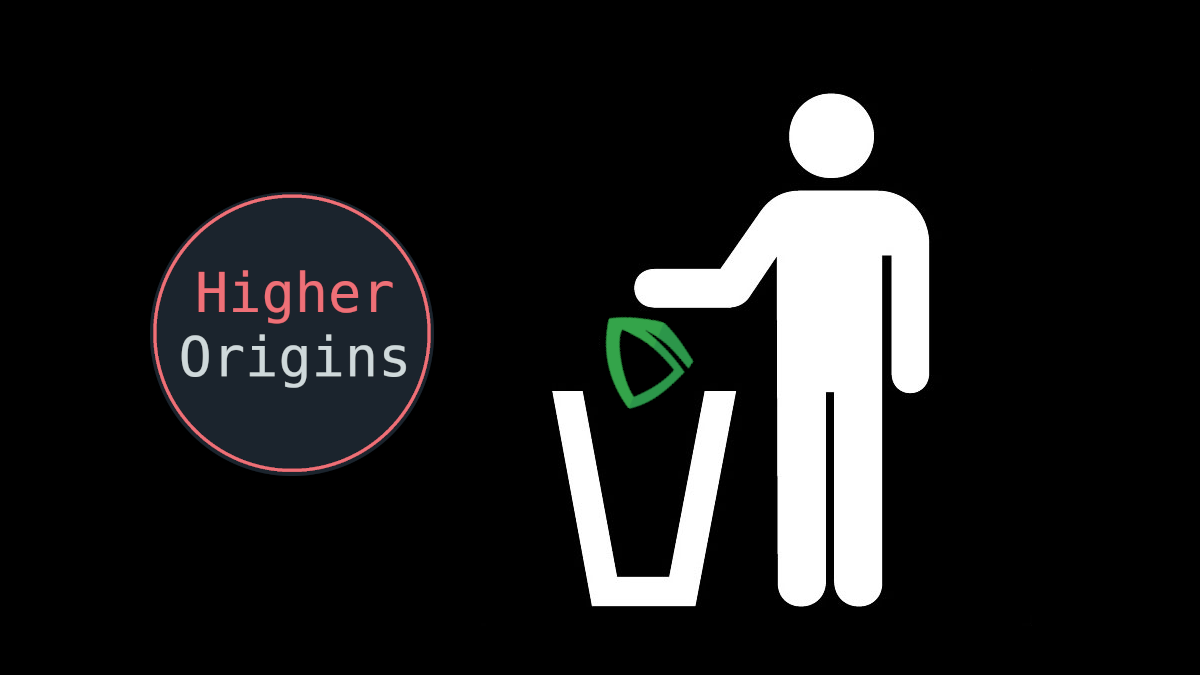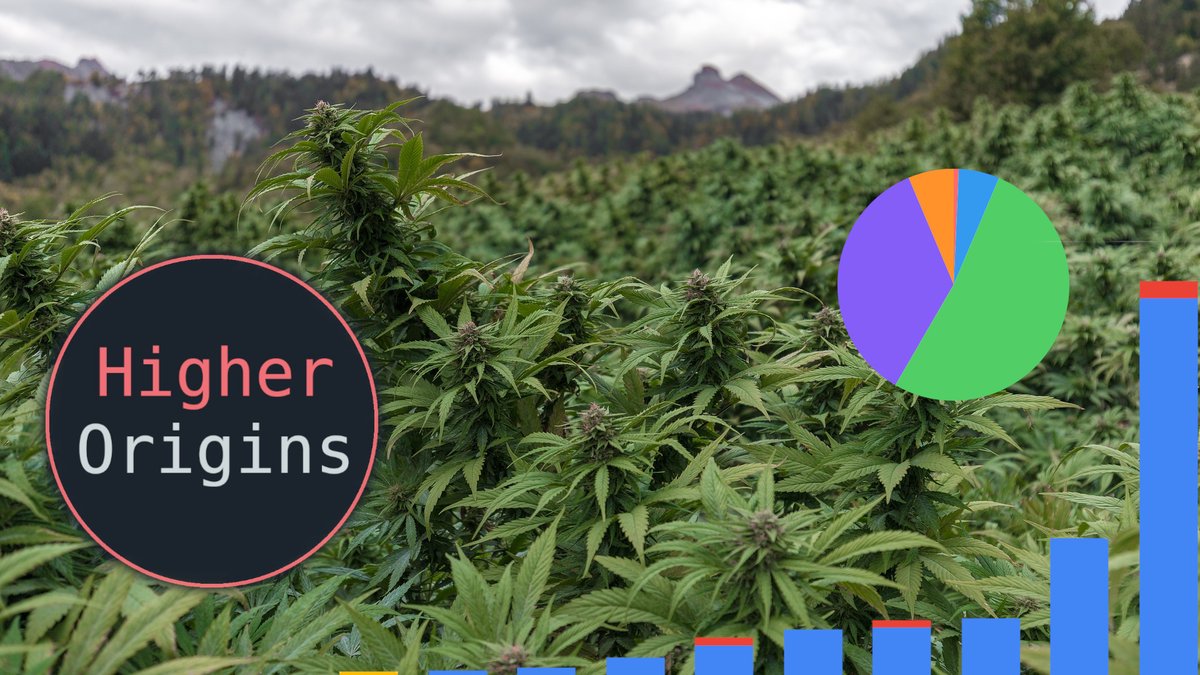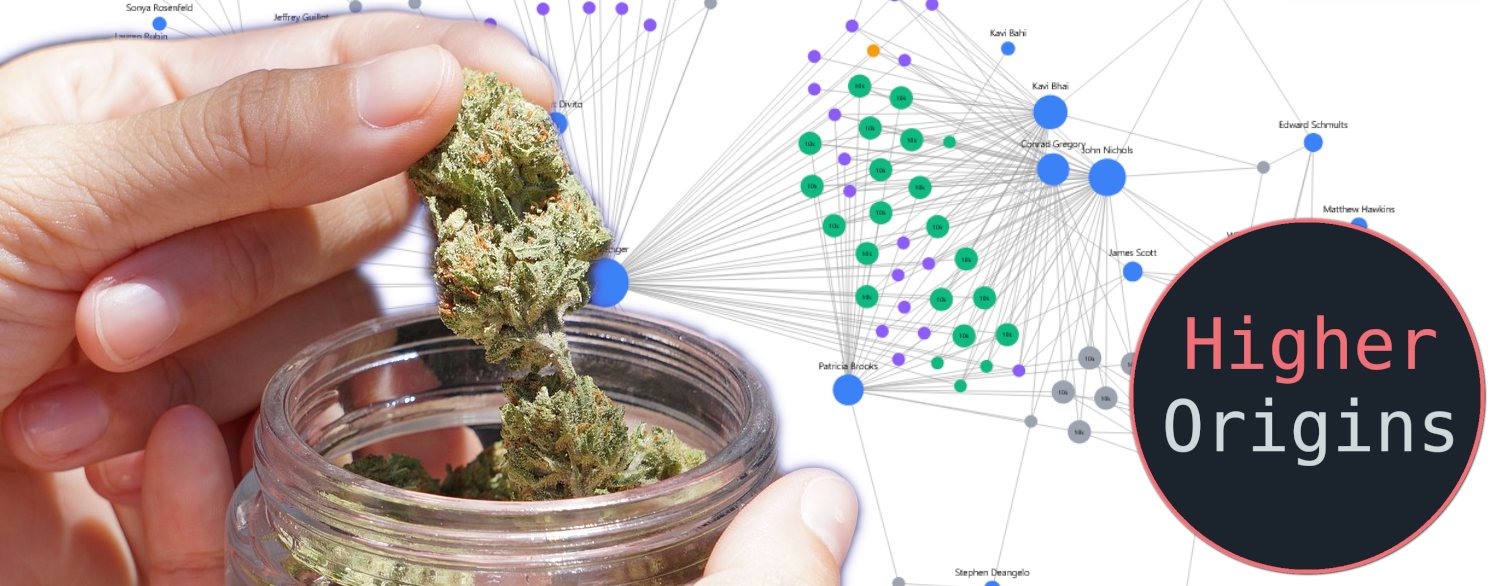Intro
It’s been a few months, good to see you! And what a few months, huh? Since our last report, we’ve had a statewide crisis over contaminated cannabis, another high profile failure with the collapse of Eaze, and the ramp up to a nail-bitingly close election that could have existential impacts on the cannabis industry. On our end, we’ve been hard at work transforming and building out the next iteration of our online platform, which will be launching at the end of this month! While all that was happening, the California industry has soldiered on, and we’re here to bring you our quarterly wrap-up of how the landscape of licensing has changed since July 1st.
About Our Numbers
We use data from the Department of Cannabis Control's Unified License Search to build these charts. The Unified Search regularly updates to show the current status of licenses in California. We should clarify that this is a different data source than the California Data Dashboard, which is derived from unreliable METRC "track and trace" data, which we have written about in the past. The Unified search data, however, is sourced from the internal bureaucratic records of the State, which while we in no way can guarantee are accurate, are much more functional than METRC data. Since using the Unified Search is annoying and involves large and confusing Excel files, we created a simple browser that allows faster searching of individual licenses. Likewise, you can view county-specific insights by selecting your county on our regions page and going to the Insights tab. Without further ado, let's get into it!
Overall

Overall, California cannabis licenses of all types continued a gradual downward trend in Q3. There were no significant legislative or market changes in this time period to cause a sudden trend shift, and the overall headwinds of excessive regulation and overtaxation are continuing to chip away at the total amount of businesses in operation statewide.
Cultivation

When it comes to cultivation, just looking at the number of licenses doesn’t tell the whole story. To understand the actual amount of growth going on, you have to look at the square footage. Here we can see that the total square footage across grow methods is fairly flat. While this neutral trend isn’t so much news when it comes to indoor or mixed light, it’s definitely noteworthy in the much more volatile outdoor sector.
Tracking the square footage of cultivation was made more difficult at the start of 2023 when the State unlocked Large Licenses, which allow people to consolidate many existing cultivation licenses under one license. This is problematic because the State doesn’t report how much square footage a Large license covers, leaving analysts like us with no choice but to make an educated guess. You can read more about Large licensing here, and refer to the next section of this article for more.

We can break the types of license down a little further. California has 5 license types, with Specialty Cottage being the smallest, and Large being the largest. Trend wise, smaller farms are still on a significant downtrend, while mediums are slightly increasing. Specialty type licenses are very small and usually for niche R&D type growing, so they have never really been affected by market trends.

If we look county by county, we can see that as usual Santa Barbara and Humboldt are in the lead for outdoor expansion, and Monterey is having a spike in mixed light growth. Since Alameda is largely urban, and Riverside is either urban or desert, it makes sense that their growth is in the indoor sector.

On the flipside with losses, it appears that both Humboldt and Santa Barbara lost more than they gained in Q3, while Monterey managed to stay positive by a slim margin. Lake county also lost more than it gained, and Los Angeles lost around 100k square feet of indoor.

It can be useful to break down the statewide crop by the total cultivation owned by businesses. This gives us a look at whether big or small businesses are leading in the market. It usually sits around 50% small, 25% medium, and 25% large, and that well established trend continues. The most common size of business cultivates between 10,000 and 50,000 square feet, often closer to 10,000. This size seems to meet the economic conditions the best for a well run operation to break even without massive investment funding.
Large Licenses

Let’s take a closer look at those Large licenses we mentioned earlier. Since inception in January 2023, the Large license category has grown to 59 licenses. In Q3 the rapid growth has tapered off, similar to this time last year. Is this a seasonal change or just a coincidence? We’ll have to wait another year to be sure.

The past two quarters have seen slow growth in total Large licensed square footage, sitting just over 6 million square feet statewide.

In terms of counties, Lake County tops the list, with the most large licenses by far. Lake county has always been friendly to big operations, and has approved many applications for massive operations. While Humboldt is seen as a haven for small farms alongside the other Emerald Triangle counties, they have a much more effective licensing system with a more stable and less obstructionist county bureaucracy than Trinity and Mendocino counties, so it makes sense that businesses there would grow large enough to have a path to Large licensure.

Since the existing licensed square footage from multiple licenses can be combined under one large license, it’s handy to compare this to large licenses that we created from scratch. These are estimated values, but we can see that the vast majority of large square footage was converted over. Santa Barbara county leads in this category because there were already so many huge farms there with many licenses before the start of 2023.
Manufacturing

Shifting now to manufacturing, we can see that the drop in non-volatile (Type 6) licenses that we saw in Q2 has mostly stabilized. This trend seems consistent across other license types in the sector. Still, we see an overall slow decrease in manufacturing licenses, consistent with the drop in farms and likely optimization over time- if there’s less weed to work with, and the manufacturing technology and methods have matured, there’s less need for as many manufacturers.

At the county level, there was little overall gain statewide in the manufacturing sector this quarter. San Diego leads the pack, interestingly adding a shared use facility- the rarest kind, generally used only in urban areas where there are a lot of indoor farms who collaborate out of one workspace.

There were many more losses than gains in manufacturing in Q3, largely in Los Angeles, which makes sense due to its high concentration of licenses. The rest of the losses were spread evenly across the state and didn’t seem to disproportionately affect a specific license type. This shows that specific regional issues aren’t driving the loss and it’s more likely statewide market conditions.
Commercial

For Commercial Licenses, we see that retail operations have leveled out, while both distribution and delivery are decreasing. Given the tightening of the market and repeated large scale failures in the distribution and delivery sectors, it makes sense that there is some market contagion for this kind of business. Microbusinesses are decreasing as well, although due to their ability to work in many different categories of the market, it’s harder to predict what exactly is affecting them.

County wise, commercial growth is logically centered in the megacity of Los Angeles, as it is a hub for distribution and consumption of every kind of cannabis product. Proportionally statewide the gains were thinly spread around, with no noteworthy growth spikes anywhere.

As far as losses, LA is on top again, however due to it’s proportions compared to the rest of the state, these 43 licenses lost are not a huge problem, especially since they seem fairly distributed across the commercial license sector. Alameda and Sacramento counties lost a disproportionate amount of delivery services, so more people are going to be going into their local dispensary instead of having the weed man visit them in the East Bay and the Capitol Corridor. Another standout is the large amount of lost Transporter licenses in Humboldt- it seems like there are going to be fewer options to move pounds South through the Redwood Curtain now, which may mean higher transportation costs and a more cornered market for those in the area who still transport.
Conclusion, trends to watch
Q3 of 2024 has been fairly stable, with few large gains and most license types other than distribution and delivery seeing fairly stable progress or slight losses. Square footage wise, large license conversion has slowed, and while smaller licensed cultivation businesses are still on a downward trend, they still comfortably hold the majority of the market.
Going forward we are curious how bad the downtrend in delivery and distribution is, and if this will have any effect on pricing or retail performance. Likewise we’re just as stressed about the election as everyone else is, and are keeping an eye out for any legislative shifts on the horizon that could affect our industry. Likewise, we’re watching for any major changes with METRC, as they push forward with their V2 Connect system nationwide, and face litigation and contract renewal in California.
Speaking of major changes, stay tuned around the end of this month! We’re releasing a new iteration of Higher Origins, which we think is our best one yet, and has the best set of offerings to help get your business on the map and your products to market. We can’t wait to show you what we’ve built! If you want to help us create content like this and keep the lights on, you can support us here. That’s all for now!
Don’t forget to vote!
-The Higher Origins Team




















